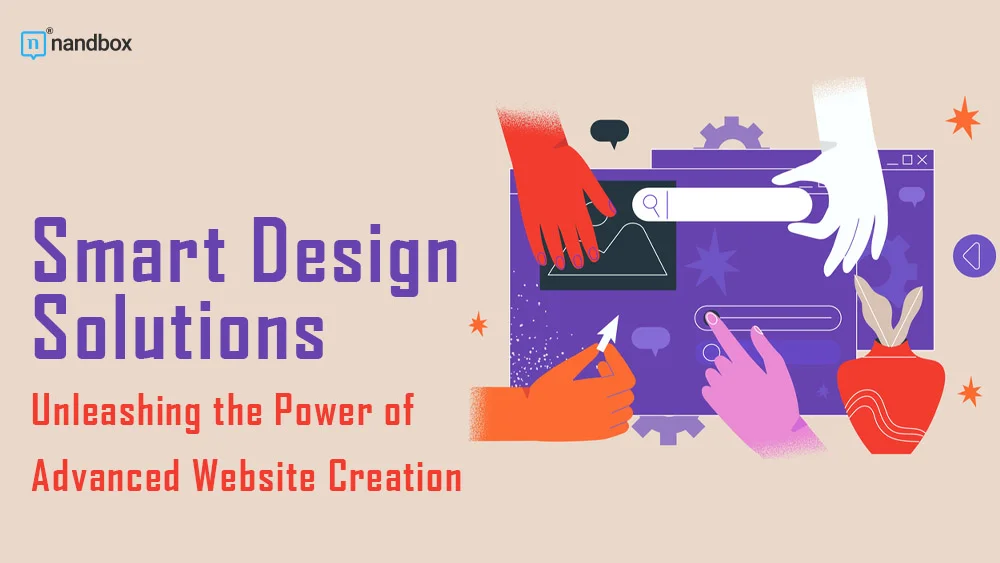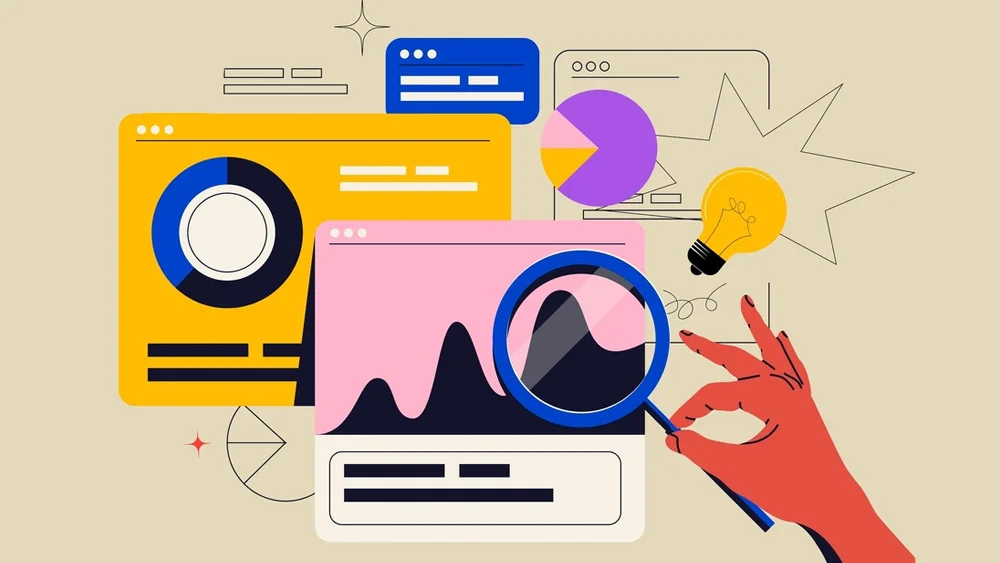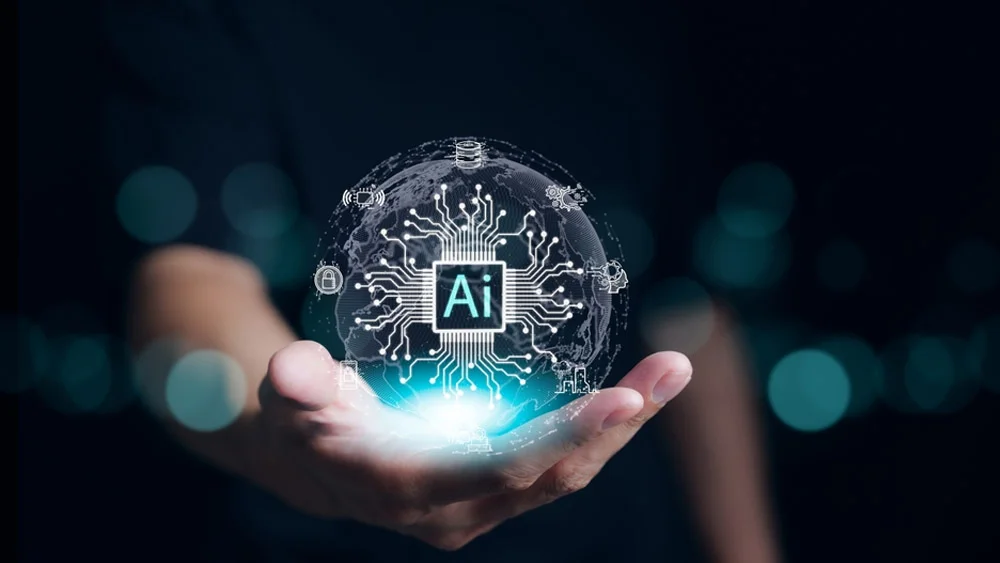Smart Design Solutions: Unleashing the Power of Advanced Website Building
Advanced website building goes beyond looks; it’s a key factor in a website’s success. A designed website enhances user experience by making information easy to find and enjoyable to consume. Additionally, smart design improves functionality and accessibility so all users can effortlessly access the content regardless of their abilities or devices. In our age, where first impressions are often made online, a website’s visual appeal and interactive elements can significantly impact how visitors perceive a brand or organization. Innovative design meets the user’s functional needs, evokes emotions, and fosters connection – an essential aspect of building trust and engagement.
Moreover, it is important to note that search engines prioritize designed websites, highlighting the significance of good design in SEO strategies. Ultimately, the success of a website in a competitive digital market heavily relies on innovative web design as it directly influences online visibility and user retention.
Crucial Aspects of Intelligent Design
The notion of design in web development encompasses several key aspects that contribute to a website’s overall effectiveness and triumph.
Design Focused on User Needs
An essential design component is prioritizing user needs throughout the design process. This approach revolves around comprehending the target audience’s demographics, behaviors, and motivations to create a user experience that meets their functional requirements and engages and satisfies them. Designers can craft pertinent experiences that encourage prolonged site visits and greater conversion rates by centering on users.
Adaptive Design
In this era where mobile browsing takes precedence, adaptive design has become indispensable. It ensures that websites deliver a viewing experience across devices like desktops and smartphones. This adaptability is crucial for reaching an audience and enhancing search engine rankings since search engines now prioritize mobile-friendly websites within their algorithms.
The attractiveness of a website plays a role in capturing and maintaining users’ attention. Smart design combines elements and technological capabilities to create visually captivating and distinctive websites. This involves using colors, fonts, images, and layout to evoke emotions and effectively convey the brand’s message. To further enhance these aspects, you can build a website with AI, leveraging advanced tools to refine user experience and ensure your site not only looks great but also functions seamlessly.
Intuitive Navigation
Having a navigation system is essential for delivering a positive user experience. It entails creating a logical and easy-to-follow pathway throughout the website. This includes organized menus, clear calls to action, and a seamless journey from the homepage to desired actions. User frustration and bounce rates are minimized, while discoverability and user engagement are maximized by ensuring navigation.
Accessibility
Incorporating accessibility is another aspect of design that ensures individuals with diverse abilities or disabilities can use websites. This involves considering factors like color contrast, text size, keyboard navigation, and accessibility features like screen reader compatibility. By making websites accessible to all users, designers comply with legal and ethical standards and broaden their potential audience.
Interactivity
Enhancing user engagement can be achieved by incorporating elements into a website. These can include animations, hover effects, or interactive infographics. Such features make the website more dynamic and captivating while encouraging users to explore its content.
Performance and Speed
A website’s performance and loading speed are extremely important when it comes to design. Users expect fast-loading pages, and any delays can lead to an increase in bounce rates. Some techniques can be implemented to enhance site speed, such as optimizing images utilizing browser caching and minimizing code.
SEO Optimization
Integrating SEO best practices into web design ensures visibility in search engine results. This involves using keywords, optimizing meta tags, and ensuring the website’s structure is search engine friendly.
Consistency
Maintaining consistency across the website regarding design elements, tone of voice, and messaging is key to developing a solid brand identity. Consistency greatly enhances the user experience by providing a predictable environment that fosters trustworthiness and credibility.
Advanced Tools and Technologies
The world of web design is constantly evolving, with tools and technologies continuously emerging. Exciting advancements like intelligence (AI) and machine learning are revolutionizing the field by offering more personalized and adaptive design options. Additionally, big data analytics plays a role in understanding user behavior, which allows for more targeted and effective design strategies. such as a personalized internal site search.
Advanced Website Building and AI Integration
One significant advancement in web design has been the introduction of AI website builders. These tools stand out due to their ability to provide customizable solutions explicitly tailored to business needs and user preferences.
These cutting-edge platforms utilize the power of intelligence to automate various elements of the design process. They handle tasks like selecting layouts, optimizing color schemes, and organizing content, significantly reducing the time and effort required to create a-looking website. This democratization of web design empowers individuals and small businesses who may not possess technical skills or have the means to hire professional web designers. AI website builders continuously learning from user interactions can enhance design outcomes. This dynamic integration of AI simplifies the design process, ensuring that websites stay updated with the trends in design and user experience best practices. These tools prove invaluable in today’s evolving digital landscape, particularly for those without the resources to hire professional web designers.
Real-life Examples: Success Stories in Advanced Website Building
Websites have successfully implemented intelligent design strategies, significantly improving user engagement and business metrics. These case studies underscore the effectiveness of design approaches and their impact on a website’s success. For instance, a prominent e-commerce platform achieved a 30% increase in sales by redesigning its site using principles centered around user needs.
Their approach focused on simplifying the user journey, improving the experience, and incorporating personalized recommendations based on user behavior. Another inspiring story comes from a profit organization that experienced a significant increase in online donations after giving their website a makeover with user-friendly navigation and captivating storytelling elements. This redesign made it easier for visitors to grasp the organization’s mission, engage with the content, and take action. A technology company website that integrated AI-driven chatbots and interactive features also saw increased user engagement and lead generation. These examples demonstrate how clever design solutions can effectively achieve business goals, enhance user experience, and yield measurable outcomes. By learning from these successes, businesses, and designers can gain insights into the power and potential of advanced web design strategies.
Challenges in Implementing Advanced Website Building
Despite their benefits, incorporating design features can pose challenges for designers. Dealing with complexities, keeping up with rapidly evolving trends, and ensuring accessibility for all users are some obstacles they face. Moreover, finding the balance between aligning the design with brand identity and message while meeting diverse user expectations requires careful navigation. Designers must also consider scalability when crafting websites to ensure they can grow alongside the business.
In addition, it is crucial to balance between making a website visually appealing and ensuring performance, especially in terms of loading speed and responsiveness. However, by adopting an approach and continuously learning, we can effectively address and overcome these challenges, ultimately leading to successful web designs that leave a lasting impact.
Anticipating the future of web design, we expect to see increasing integration of emerging technologies like augmented reality (AR) and virtual reality (VR), offering users more immersive and interactive experiences. As technology advances further, the potential for web design becomes virtually limitless. Additionally, there will likely be a focus on personalization in which websites adapt to individual user preferences and behaviors in real time. Artificial intelligence (AI) and machine learning will continue to evolve, enabling sophisticated predictive design elements that anticipate user needs. Another important aspect will be sustainability in web design as designers adopt practices aimed at reducing the carbon footprint of websites. These trends reflect a shift towards responsive designs that are also environmentally conscious—reshaping our interactions with the digital world.
To conclude, smart design solutions represent the epitome of website creation by seamlessly blending aesthetics, functionality, and cutting-edge technology to provide exceptional user experiences.
As we progress, the significance of design in the digital realm will continue to increase, becoming a crucial element of every thriving online existence.







